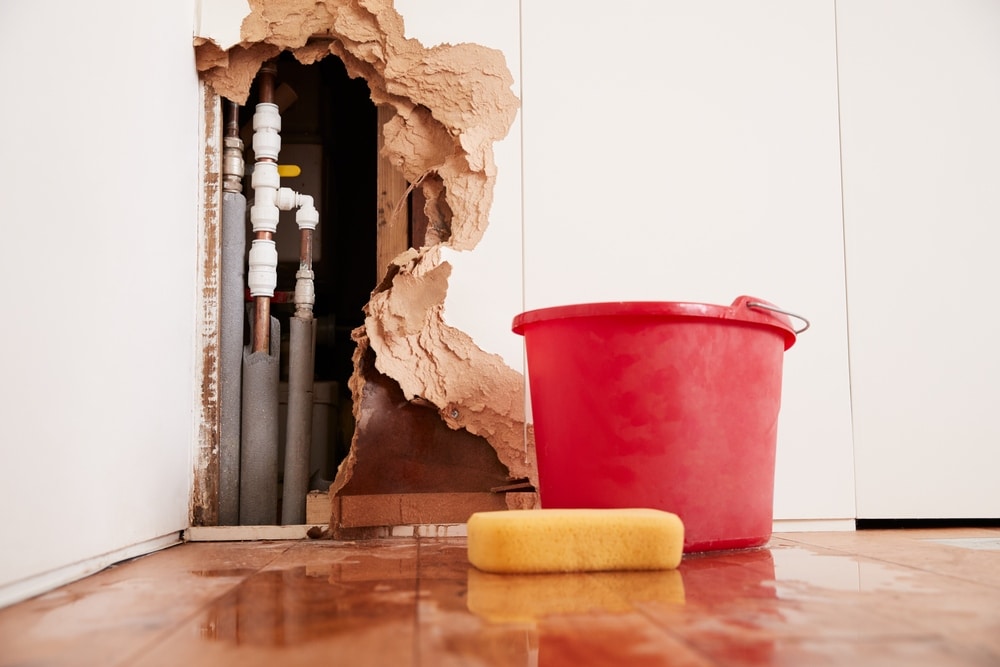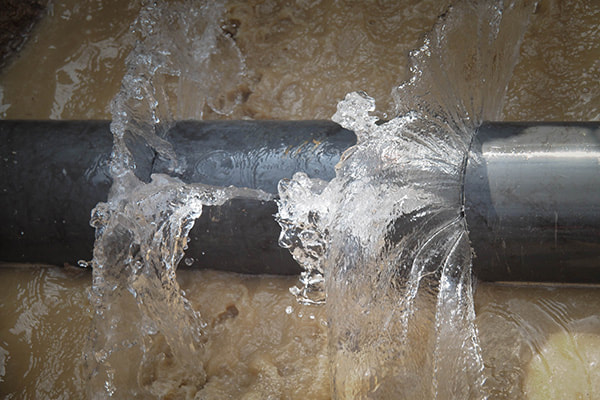Burst Pipe Insurance Claims: What You Need to Know for Water Damage Coverage
Burst Pipe Insurance Claims: What You Need to Know for Water Damage Coverage
Blog Article
Protecting Against Burst Pipeline: Essential Tips to Secure Your Pipes
Protecting against burst pipelines is an essential worry for homeowners, especially throughout cooler months when the danger of freezing is heightened. Carrying out critical actions such as correct insulation, routine examinations, and preserving constant indoor temperatures can substantially decrease the chance of pipeline failure.
Understand Pipeline Vulnerabilities
Recognizing pipeline vulnerabilities is essential for effective pipes upkeep and protecting against expensive damages. Several variables add to the susceptibility of pipelines to bursts, consisting of product make-up, age, and ecological conditions. Older pipelines, especially those made from galvanized steel or polybutylene, typically break down gradually, bring about enhanced risk of ruptures and leaks.
Temperature fluctuations can also significantly influence pipeline honesty. In chillier environments, water entraped in pipes can freeze, exerting and expanding pressure on the pipe walls, which may inevitably lead to a ruptured. Additionally, high water pressure can strain pipes, especially at joints and bends, enhancing the chance of failure.

Insulate Piping Appropriately
Proper insulation of pipes is essential for protecting against freezing and subsequent ruptureds throughout winter (burst pipe). Insulating your pipes system properly safeguards versus temperature level drops that can cause pricey damage. Begin by determining at risk areas where pipes are subjected to exterior temperatures, such as cellars, attic rooms, and exterior wall surfaces
Usage foam pipeline insulation sleeves or cover insulation tape around these areas to offer a protective obstacle. Make certain that all sections of the pipes, specifically those with restricted warmth direct exposure, obtain ample insulation. Pay special interest to joints and installations, as these are much more vulnerable to freezing.
When shielding, it's essential to select materials that fulfill neighborhood building regulations and are appropriate for the certain atmosphere. For circumstances, fiberglass insulation is frequently suggested for its thermal resistance residential or commercial properties - burst pipe. Additionally, take into consideration using warmth wires or tape in severe conditions, which can be plugged in to provide supplemental warm
Frequently evaluate insulated pipelines for any kind of indicators of wear or damages, as compromised insulation can reduce its efficiency. By taking these aggressive steps, you significantly lower the danger of pipe bursts, guaranteeing a dependable plumbing system throughout the winter season.
Maintain Consistent Temperature
A secure indoor temperature is vital for stopping burst pipelines throughout the freezing months. When temperatures decline, water within pipelines can freeze, expanding and producing pressure that may eventually create the pipes to burst.Using a programmable thermostat can aid manage interior temperature levels successfully, ensuring that spaces with plumbing stay cozy also when the house is vacant.
Additionally, it is sensible to enable faucets to leak somewhat during severe cold snaps. This small flow of water can prevent freezing by relieving pressure within the pipelines. Additionally, throughout particularly serious climate occasions, take into consideration temporarily putting on hold any kind of nighttime setbacks on your thermostat to maintain a consistent warm environment. By executing these techniques, homeowners can dramatically lower the threat of pipeline ruptureds and secure their pipes systems against the rough winter season components.
Regularly Check Pipes
Regular evaluations of pipes systems are crucial for preventing ruptured pipelines and maintaining general home integrity. During these evaluations, it is essential to analyze noticeable pipelines for indications of corrosion, leaks, or use.
Furthermore, examining joints and connections is essential, as these points are frequently at risk to leaks. House owners should likewise analyze water pressure degrees, as too much pressure can strain the plumbing system and raise the risk of pipe bursts.
Consider scheduling professional plumbing inspections a minimum of yearly, particularly before wintertime, to ensure you can check here your system is prepared for cooler temperature levels. Normal inspections not only help in recognizing instant worries yet additionally foster lasting maintenance strategies that can enhance the lifespan of your plumbing system. By being aggressive in your strategy, you can protect your home versus the expensive and disruptive effects of ruptured pipelines. Focusing on pipes assessments is a financial investment in your house's health and wellness.
Know Emergency Situation Procedures
Understanding emergency treatments is vital for every home owner, specifically after carrying out normal pipes inspections. Being prepared for a plumbing emergency situation can considerably reduce damages and conserve expenses.
Next, maintain important devices useful. A pipes emergency situation kit must consist of a wrench, bettor, and towels, as well as a flashlight and a bucket for small leaks. Furthermore, consider having the get in touch with info for a relied on image source plumbing technician conveniently available, ought to the circumstance intensify past your control.
If you find a leakage or burst pipeline, instantly shut off the supply of water and notify your plumbing technician. Record the damage with photos for insurance policy purposes. Be aware of the signs of possible plumbing concerns, such as unusual water stress fluctuations or damp places on walls
Eventually, positive expertise and speedy activity are important in taking care of plumbing emergencies, ensuring your home stays secured and reducing potential damages.

Final Thought
In conclusion, stopping ruptured pipelines requires a multifaceted technique that includes understanding pipe vulnerabilities, appropriate insulation, preserving consistent indoor temperature levels, normal assessments, and knowledge of emergency treatments. By carrying out these necessary methods, the risk of pipes failures can be dramatically decreased, thus making certain the long life and efficiency of the pipes system. Positive actions not only secure versus prospective damages but likewise add to total water preservation and the security of property.
In colder climates, water trapped in pipes can ice up, exerting and expanding stress on the pipeline walls, which might inevitably lead to a ruptured. When temperatures drop, water within pipes can freeze, broadening and creating pressure that may inevitably create the pipes to ruptured. By executing these methods, house owners can substantially decrease the risk of pipeline bursts view it and guard their plumbing systems against the severe winter months elements.

Report this page